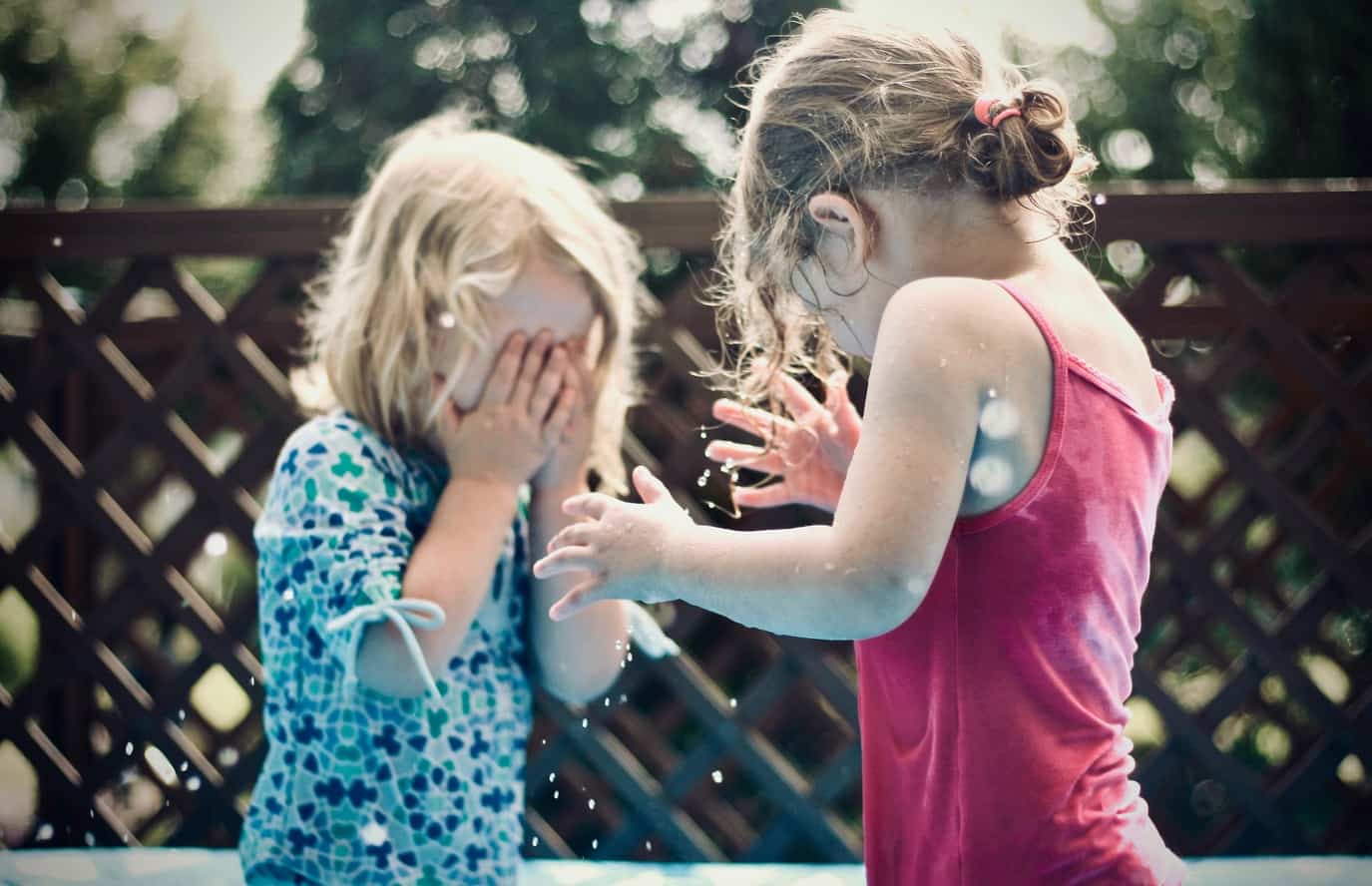
Ready, Set, Go Outside: Preschoolers’ Physical Activity Indoors versus Outdoors
Thank you to Amber Fyfe-Johnson, ND, PhD (Washington State University) & Pooja Tandon, MD, MPH (Seattle Children’s Research Institute, University of Washington) for providing this post.
The preschool years are a critical period in life for growth, development, and for laying the foundation for healthy eating and physical activity behaviors. Research suggests that many preschoolers in early childhood educational settings do not meet current recommendations for physical activity.1 Ample evidence has found that children are more physically active outdoors, and are likely experiencing other benefits of their outdoor time. 2–8 Nonetheless, most studies to date have relied on potentially biased child/parent reports or resource intensive direct observation to quantify children’s time outdoors and its relationship with physical activity.9–12
Thus, we conducted a study to quantify and examine differences in preschoolers’ indoor and outdoor physical activity in early childhood educational settings using GPS devices and accelerometers (activity meters). We studied 46 children (average age 4.5 years) from five childcare centers in the Seattle, WA area who wore accelerometers and GPS devices around their waists for five days during regular childcare hours. We found that, on average, 46% of children spent <60 minutes/day outdoors. Every additional 10 minutes of outdoor time each day was associated with a 2.9 minute increase in moderate to vigorous physical activity. Preschool-aged children were twice as active and less sedentary when outdoors compared to indoors in early childhood education settings.
To help preschoolers achieve physical activity recommendations and attain other known benefits of outdoor time, it is important to consider how to increase the amount of time preschool-aged children spend outdoors and further study how best to structure it. Possibilities include increasing the availability of nature/outdoor preschools, requiring preschools to meet recommendations for total time spent outdoors, or modifying traditional outdoor play spaces to make them more conducive to active play. A recent study examining movement patterns in children before and after installation of a more natural outdoor play space at two preschools in Canada found that post-installation, children were more interactive with their environment and movement patterns were more spatially complex. The authors concluded that children were more engaged in their play after the installation of natural elements. 13,14 Thus, a nature preschool model may be a mechanism to promote outdoor time, physical activity, and active learning in early childhood. We are currently conducting a study on 200 children that examines the impacts of an outdoor preschool model on health outcomes (physical activity, sleep quality and quantity, and gut microbiome diversity) in early childhood.
In conclusion, as more evidence accumulates supporting the various benefits of outdoor time in early childhood, it is imperative that policy-makers, educators, parents and other stakeholders prioritize outdoor time and outdoor play opportunities for all children.
REFERENCES:
- National Association for Sport and Physical Education. Active Start: A Statement of Physical Activity Guidelines for Children Birth to Five Years. Reston, VA; 2002.
- Kneeshaw-Price S, Saelens BE, Sallis JF, et al. Children’s objective physical activity by location: why the neighborhood matters. Pediatr Exerc Sci. 2013;25(3):468-86.
- Schaefer L, Plotnikoff RC, Majumdar SR, et al. Outdoor Time Is Associated with Physical Activity, Sedentary Time, and Cardiorespiratory Fitness in Youth. J Pediatr. 2014;165(3):516-521.
- Lachowycz K, Jones AP. Greenspace and obesity: a systematic review of the evidence. Obes Rev. 2011;12(5):e183-9.
- Lachowycz K, Jones AP, Page AS, Wheeler BW, Cooper AR. What can global positioning systems tell us about the contribution of different types of urban greenspace to children’s physical activity? Health Place. 2012;18(3):586-594.
- Cleland V, Crawford D, Baur LA, Hume C, Timperio A, Salmon J. A prospective examination of children’s time spent outdoors, objectively measured physical activity and overweight. Int J Obes. 2008;32(11):1685-1693.
- Hinkley T, Crawford D, Salmon J, Okely AD, Hesketh K. Preschool Children and Physical Activity. Am J Prev Med. 2008;34(5):435-441.e7.
- Tandon PS, Saelens BE, Christakis DA. Active play opportunities at child care. Pediatrics. 2015;135(6):e1425-31.
- Boldemann C, Blennow M, Dal H, et al. Impact of preschool environment upon children’s physical activity and sun exposure. Prev Med (Baltim). 2006;42(4):301-8.
- Burdette HL. A National Study of Neighborhood Safety, Outdoor Play, Television Viewing, and Obesity in Preschool Children. Pediatrics. 2005;116(3):657-662.
- Wen L, Kite J, Merom D, Rissel C. Time spent playing outdoors after school and its relationship with independent mobility: a cross-sectional survey of children aged 10–12 years in Sydney, Australia. Int J Behav Nutr Phys Act. 2009;6(1):15.
- Milne E, Simpson JA, Johnston R, Giles-Corti B, English DR. Time spent outdoors at midday and children’s body mass index. Am J Public Health. 2007;97(2):306-10.
- Herrington S, Brussoni M. Beyond Physical Activity: The Importance of Play and Nature-Based Play Spaces for Children’s Health and Development. Curr Obes Rep. 2015;4(4):477-483.
- Coombes E, van Sluijs E, Jones A. Is environmental setting associated with the intensity and duration of children’s physical activity? Findings from the SPEEDY GPS study. Health Place. 2013;20:62-65.
The full article can be accessed here.

